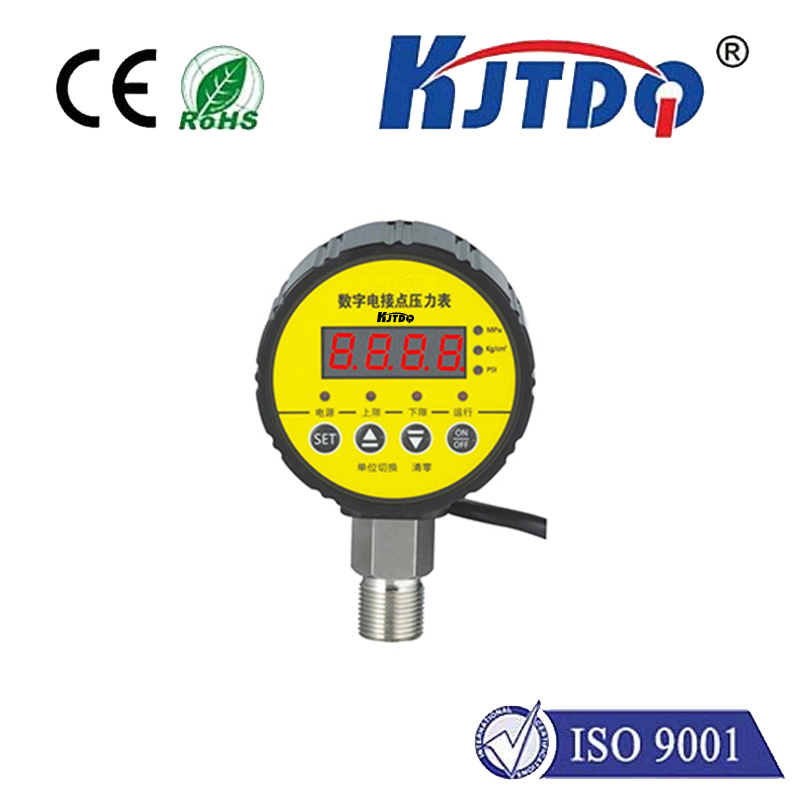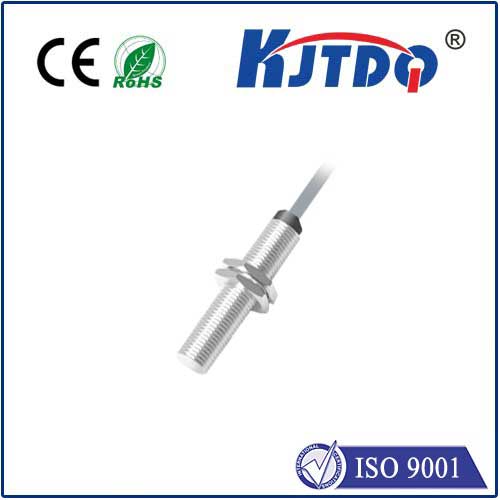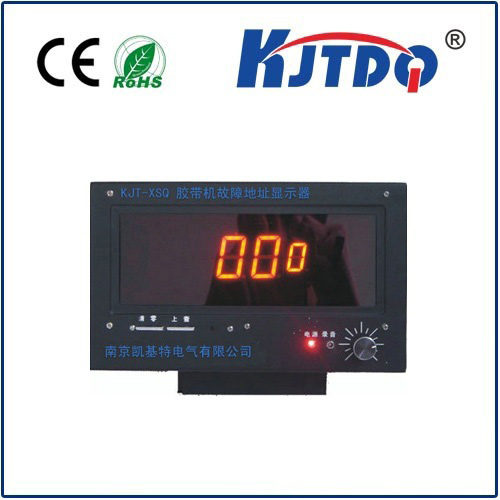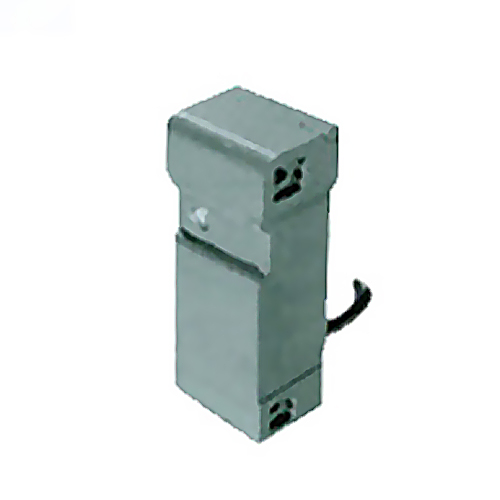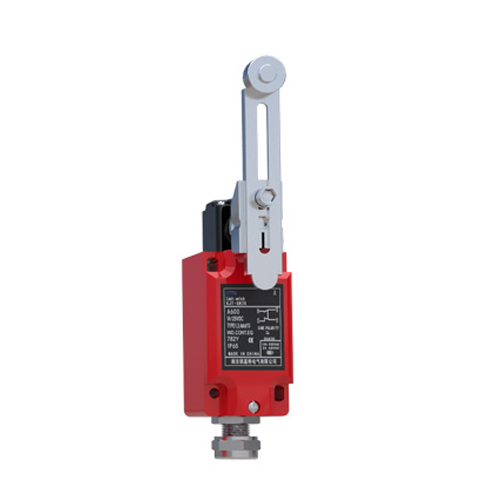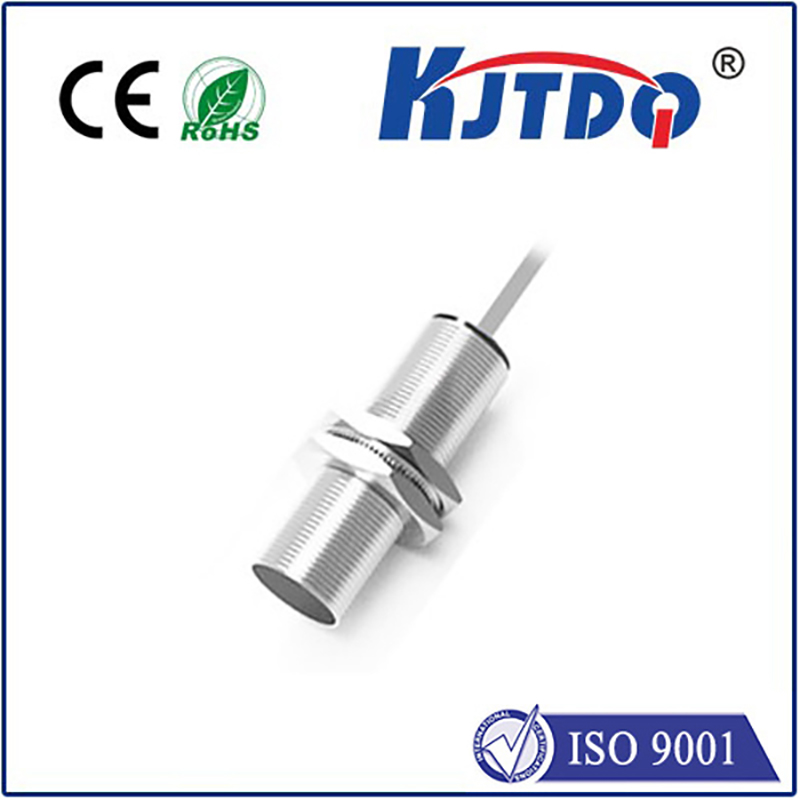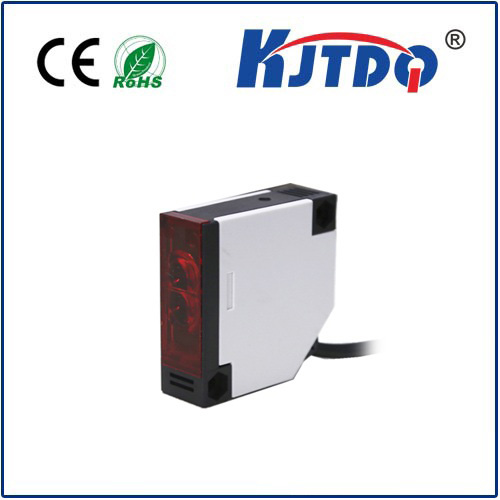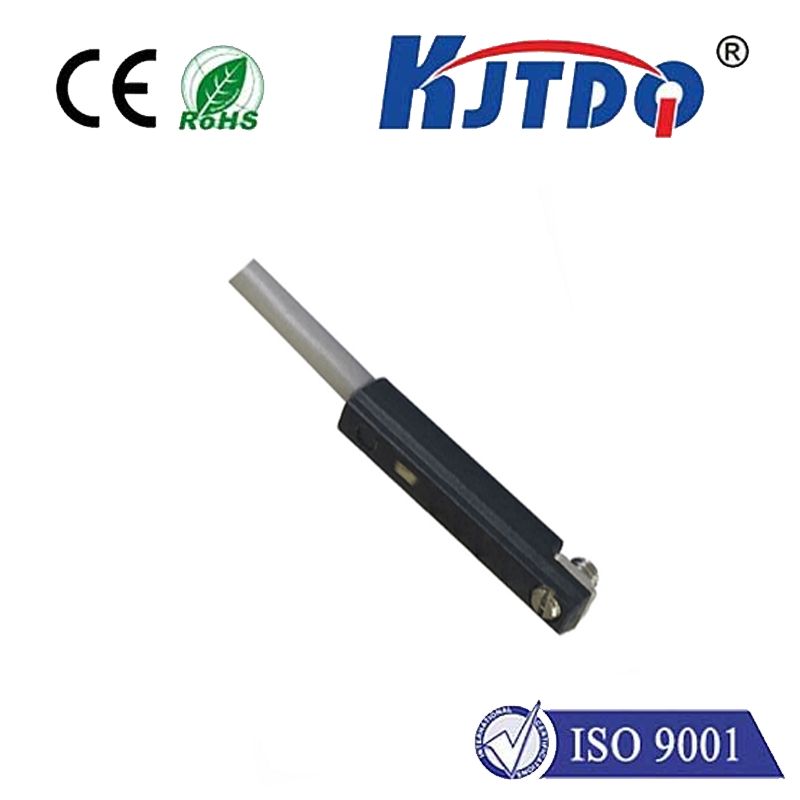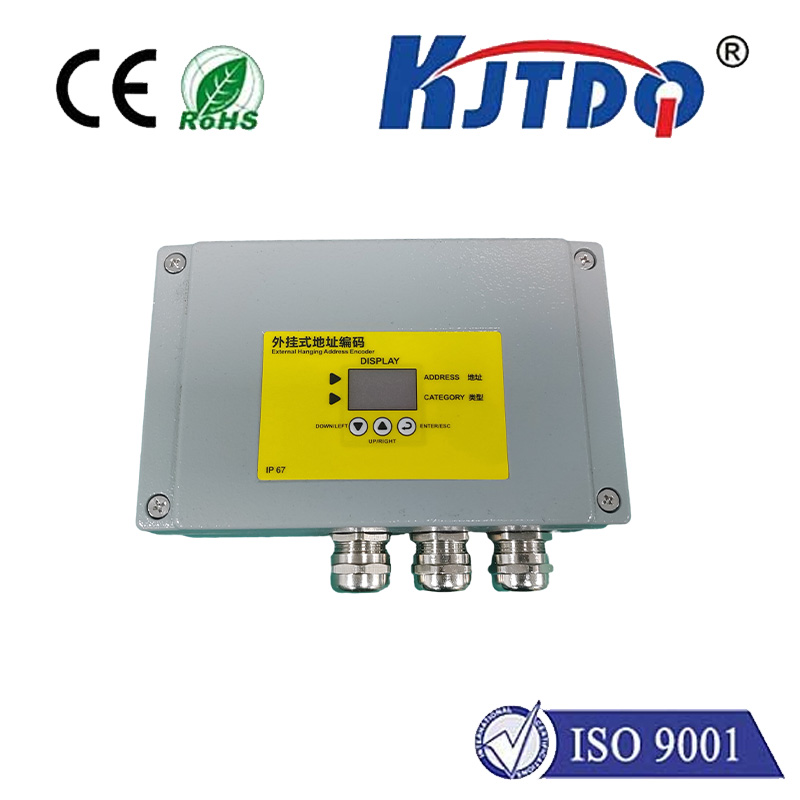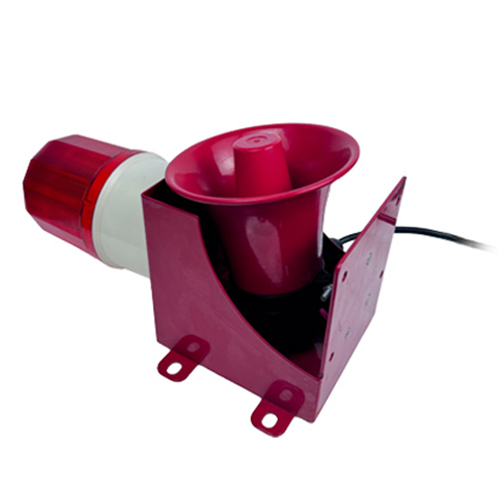BES040A high pressure proximity sensor
- time:2025-10-17 00:35:23
- Click:0
BES040A High Pressure Proximity Sensor: Unwavering Sensing in Demanding Industrial Environments
Imagine a critical hydraulic press cycle, where immense pressure builds precisely. Or picture a powerful injection molding machine, molten plastic forced into shape under extreme force. In these unforgiving industrial landscapes, traditional sensors often falter. Pressure fluctuations, vibration, and demanding environments can lead to unreliable signals or catastrophic sensor failure. This is the domain where a sensor like the BES040A high pressure proximity sensor doesn’t just operate; it thrives, becoming an indispensable guardian of process integrity and safety.
Understanding the core of the title reveals its essence: “BES040A” identifies a specific, robust inductive proximity sensor model, while “high pressure proximity sensor” highlights its defining capability – reliably detecting the presence or absence of metallic objects in environments subject to significant or extreme surrounding fluid pressures. Unlike standard proximity sensors, the BES040A is engineered from the ground up to withstand these external crushing forces without compromising its sensing performance or structural integrity.
The Steel Shield: Built for the Pressure Battlefield
The fundamental challenge in high-pressure applications isn’t merely sensing proximity; it’s surviving the constant, immense squeezing force exerted by hydraulic fluids, compressed gases, or other media surrounding the sensor body. A standard sensor housing can easily deform or rupture under such conditions, leading to fluid ingress, electrical failure, and potentially dangerous leaks or loss of critical machine control.

The BES040A high pressure proximity sensor overcomes this hurdle through deliberate, ruggedized design:
- Heavy-Duty Stainless Steel Housing: This isn’t just cosmetic. The robust, typically 303 or 316L stainless steel body acts as a pressure vessel, capable of resisting deformation and maintaining dimensional stability even under continuous high external pressure. This ensures the internal sensing coil and electronics remain undisturbed and protected.
- Potting and Sealing: High-quality internal potting compounds fill voids and protect delicate electronic components from shock, vibration, and crucially, any potential microscopic fluid ingress paths that extreme pressure might exploit. Combined with advanced sealing techniques (O-rings, welded elements), this achieves exceptional sealing integrity.
- Specialized Thread Design: The mounting threads are often designed and tested to higher standards than standard sensors, ensuring they can withstand the mechanical stresses imposed by tightening in high-pressure ports and the constant pressure load without stripping or leaking.
- High IP Rating: While inherent pressure resistance is key, the associated sealing typically grants the BES040A a very high Ingress Protection rating (e.g., IP67, IP68, IP69K), signifying excellent resistance against dust and water, further enhancing its durability in harsh washdown or submerged scenarios where pressure is also a factor.
Inductive Sensing: Non-Contact Reliability at the Core
At its heart, the BES040A utilizes the well-established principle of inductive proximity sensing. This non-contact detection method is ideal for industrial automation because it eliminates the wear and tear associated with mechanical switches:
- The Principle: The sensor head contains an oscillating coil that generates an electromagnetic field.
- Detection: When a metallic target (like a piston rod end, cylinder position flag, or machine component) enters this field, it induces eddy currents within the metal.
- Signal Change: These eddy currents absorb energy from the sensor’s coil, causing a detectable change in the oscillation amplitude or frequency.
- Output Switching: The sensor’s internal electronics detect this change and switch its solid-state output (typically PNP or NPN transistor) state accordingly, sending a clear signal to the PLC or control system – “Target Present” or “Target Absent.”
The beauty of this non-contact sensing within the BES040A’s robust frame lies in its inherent reliability. No physical touch means no mechanical parts to wear out, even under constant pressure-induced vibration. This translates directly to minimized downtime and reduced maintenance costs.
Where the BES040A Proves Indispensable: Critical Applications
The unique capabilities of the BES040A high pressure proximity sensor make it the sensor of choice in numerous demanding sectors:
- Hydraulic Systems: Monitoring piston rod positions within hydraulic cylinders under extreme working pressures in presses, construction equipment (excavators, loaders), and metal forming machinery. Its pressure resistance is paramount here.
- Pneumatic Systems (High Pressure): Position sensing in high-pressure air compressors, specialized actuation systems, and gas handling equipment.
- Plastics and Rubber Machinery: Reliable detection within injection molding machines’ high-pressure clamping units or extruder barrel sections.
- Die Casting: End-of-stroke detection on high-pressure casting machines subject to intense thermal cycles and pressure surges.
- Fluid Power Testing Rigs: Where sensors must reliably function while components are subjected to extreme pressure testing regimes.
- Heavy Industrial Automation: Any application where proximity sensing is required within chambers or housings pressurized by liquids or gases, such as valve position feedback in oil & gas or chemical processing.
Beyond Pressure: Tangible Benefits for Your Operation
Choosing the BES040A isn’t just about surviving pressure; it’s about optimizing performance:
- Enhanced Machine Uptime: Its rugged construction and non-contact operation drastically reduce unexpected sensor failures caused by pressure shock, vibration, or wear.
- Increased Process Reliability & Safety: Accurate, unwavering position feedback is critical for safe machine sequencing, preventing collisions, over-travel, and ensuring processes operate only when conditions (like cylinder position) are correct. This is vital for operator safety and product quality.
- Reduced Maintenance Costs: The exceptional durability translates to fewer sensor replacements and associated labor costs over the machine’s lifespan.
- Design Flexibility: Its ability to function reliably in confined spaces subjected to high pressures allows for more compact and efficient machine designs compared to systems needing larger external sensor mounting solutions.
- Cost Efficiency: While potentially a higher initial investment than a standard sensor, the BES040A’s long service life and minimal maintenance requirements deliver a significantly lower total cost of ownership in harsh applications.
Why BES040A? The Takeaway for Engineers and Operators
In the complex world of industrial automation, component failure is rarely an option, especially when that component monitors critical positions under immense pressure. The BES040A high pressure proximity sensor represents a specialized solution designed for a specific, demanding niche. It embodies the principle that sometimes, the most critical component is the one you never have to think about. Its robust construction, leveraging heavy-duty stainless steel and advanced sealing, acts as an impenetrable shield against environmental crushing forces, while its reliable inductive sensing core delivers precise, non-contact detection years of service. When your application involves proximity sensing within high-pressure oil, air, or other media environments, specifying a sensor engineered for the task, like the BES040A, is not just a technical choice – it’s a strategic investment in uninterrupted production, enhanced safety, and long-term operational efficiency. Its presence ensures that pressure becomes a force your sensing system masters, not a weakness it succumbs to.






